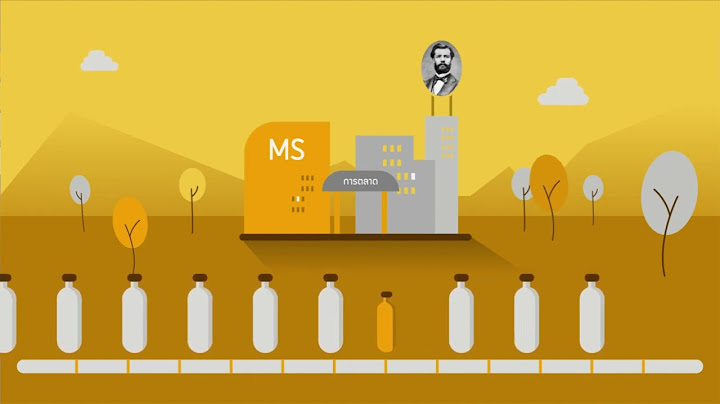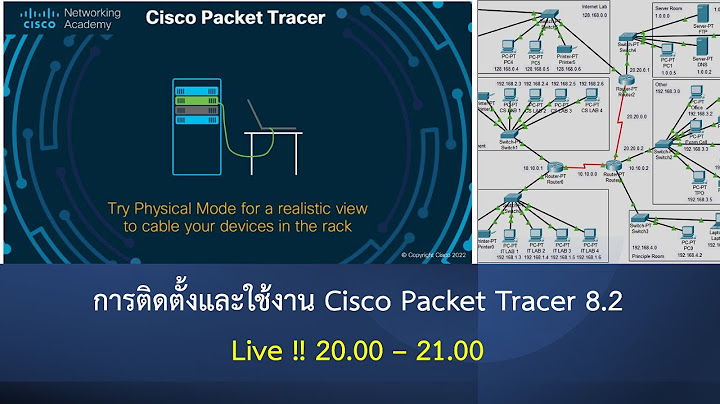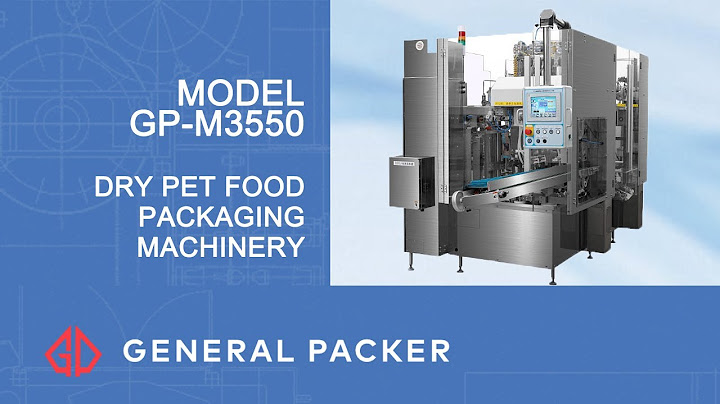You're Reading a Free Preview Show You're Reading a Free Preview You're Reading a Free Preview
You're Reading a Free Preview You're Reading a Free Preview You're Reading a Free
Preview You're Reading a Free Preview You're Reading a Free Preview
You're Reading a Free Preview You're Reading a Free Preview You're Reading a Free Preview  ฿350.00 ISBN 9786162003585 ผศ.ดร.ปริญญา สงวนสัตย์ พิมพ์ครั้งที่ 1/มีนาคม 2556 จำนวน 504 หน้า ราคา 350 บาท รายละเอียดสินค้า คู่มือการใช้งาน MATLAB ฉบับสมบูรณ์/ผศ.ดร.ปริญญาชื่อหนังสือ คู่มือการใช้งาน MATLAB ฉ.สมบูรณ์ ชื่อผู้แต่ง ผศ.ดร.ปริญญา สงวนสัตย์ ISBN 978-616-200-358-5 ปีที่พิมพ์ ครั้งที่ 1 : มีนาคม 2556 จำนวน 504 หน้า ราคา 350 บาท คำนำ MATLAB เป็นโปรแกรมคอมพิวเตอร์ที่มีประโยชน์หลายด้าน รวมทั้งมีการใช้งานจริงในอุตสาหกรรม และบริษัทต่าง ๆ ทั่วโลก โดยจุดเด่นที่สำคัญที่สุดของ MATLAB คือ ความง่ายและสมบูรณ์แบบในการเขียนโปรแกรม ซึ่งทำให้เราสามารถทุ่มเทความคิดไปที่ขั้นตอนวิธีของเราได้ โดยไม่ต้องเสียเวลาศึกษาเรื่องการเชื่อมหรือกังวลกับการประกาศตัวแปรชนิดต่าง ๆ นอกจากนี้ ยังมีฟังก์ชันรองรับการคำนวณรูปแบบต่าง ๆ ทางคณิตศาสตร์มากมายเพียงพอให้เราสามารถสร้างโปรแกรมได้เกือบทุกประเภท ไม่ว่าจะเป็นโปรแกรมสำหรับงานวิจัยด้านต่าง ๆ โปรแกรมสั่งงานควบคุมเครื่องจักรหรือหุ่นยนต์ โปรแกรมฐานข้อมูลและเว็บ ฯลฯ สารบัญ บทที่ 1 รู้จักกับ MATLAB บทที่ 2 เทนเซอร์และอาร์เรย์ บทที่ 3 ตัวดำเนินการอาร์เรย์ บทที่ 4 สตริง (String) ใน MATLAB บทที่ 5 การเขียนโปรแกรม MATLAB บทที่ 6 การเขียนโปรแกรมเชิงวัคถุ บทที่ 7 กราฟิกและการวาดกราฟ บทที่ 8 การเขียนโปรแกรมส่วนต่อประสานกราฟิกกับผู้ใช้ (GUI) บทที่ 9 การใช้งาน MATLAB ร่วมกับโปรแกรมภาษาอื่น บทที่ 10 การแก้ปัญหาทางคณิตศาสตร์ฺด้วย Symbolic Math Toolbox บทที่ 11 การประมวลผลแบบกระจาย และแบบขนาน บทที่ 12 การประยุกต์ใช้งาน การทดสอบสมมติฐานด้วย T-test โครงข่ายประสาทเทียม (Artificial Neural Network) คำถามท้ายบท The Language of Technical Computing
Millions of engineers and scientists worldwide use MATLAB® to analyze and design the systems and products transforming our world. The matrix-based MATLAB language is the world’s most natural way to express computational mathematics. Built-in graphics make it easy to visualize and gain insights from data. The desktop environment invites experimentation, exploration, and discovery. These MATLAB tools and capabilities are all rigorously tested and designed to work together. MATLAB helps you take your ideas beyond the desktop. You can run your analyses on larger data sets, and scale up to clusters and clouds. MATLAB code can be integrated with other languages, enabling you to deploy algorithms and applications within web, enterprise, and production systems. Get StartedLearn the basics of MATLAB Language FundamentalsSyntax, array indexing and manipulation, data types, operators Data Import and AnalysisImport and export data, including large files; preprocess data, visualize and explore MathematicsLinear algebra, differentiation and integrals, Fourier transforms, and other mathematics GraphicsTwo- and three-dimensional plots, images, animation ProgrammingScripts, functions, and classes App BuildingCreate self-contained apps, embedded Live Editor tasks, and custom UI components Software Development ToolsDebugging and testing, organizing large projects, source control integration, toolbox packaging External Language InterfacesExternal language and library interfaces, including Python, Java, C, C++, .NET, and Web services Environment and SettingsPreferences and settings, platform differences, adding hardware and optional features |

กระทู้ที่เกี่ยวข้อง
การโฆษณา
ข่าวล่าสุด
การโฆษณา
ผู้มีอำนาจ
การโฆษณา
ถูกกฎหมาย
ช่วย

ลิขสิทธิ์ © 2024 th.paraquee Inc.




















